Treaties with foreign nations in the U.S. are a bit of a bureaucratic circus. It starts with the President negotiating the treaty. The Secretary of State hangs around to assist. Then, the Senate gets a crack at it. They need to give a two-thirds thumbs up. If they do, the President gives a final nod by signing an instrument of ratification. If not, well, it's game over for that treaty. Curious about the nitty-gritty? There's more to uncover!
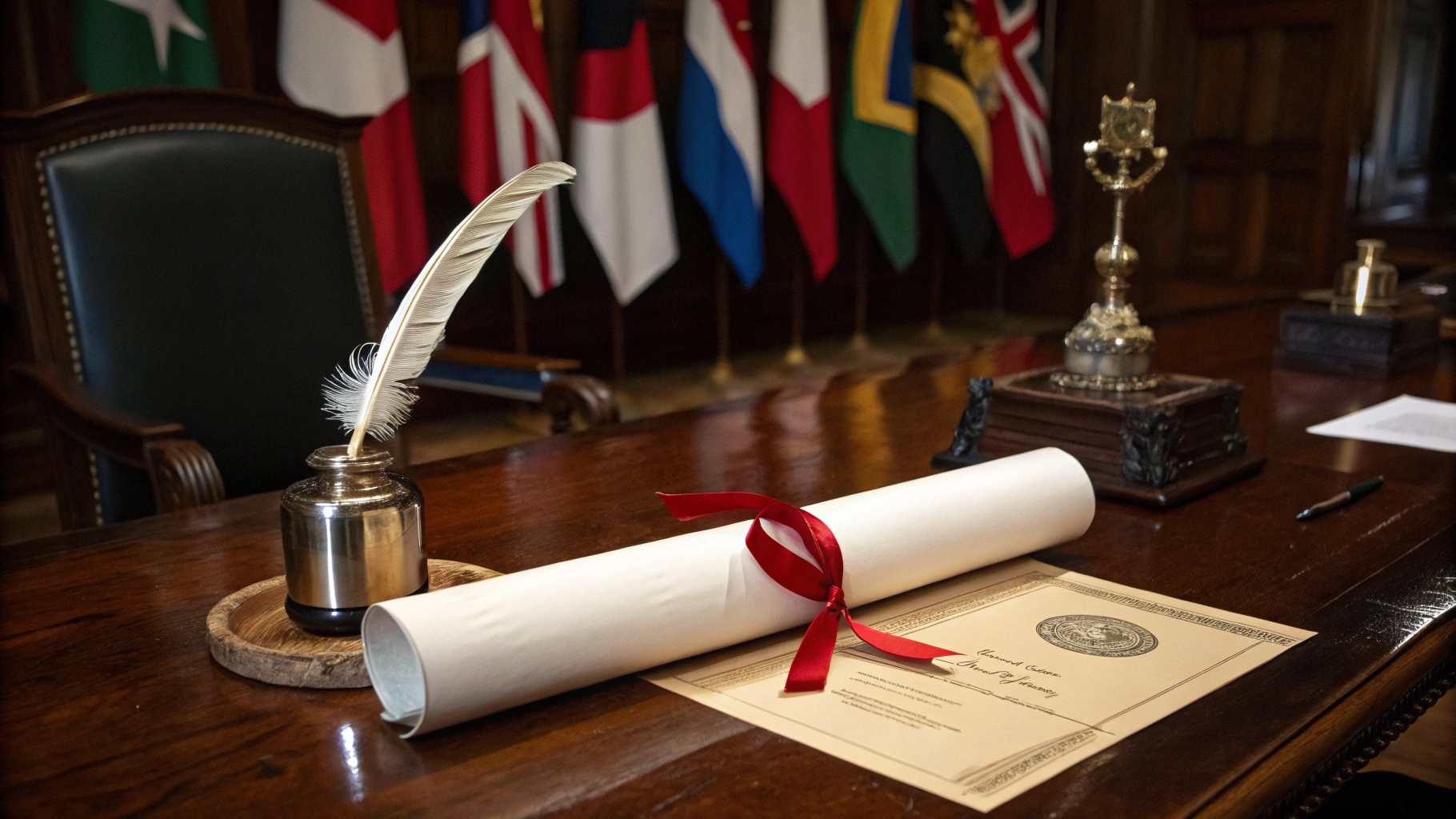
When it comes to making deals with foreign nations, the U.S. operates under a system that could make a diplomat's head spin. The process starts with the President, who gets to negotiate treaties. That's right, the big guy in charge has the first crack at it, but he doesn't do it alone. Enter the Secretary of State, the ultimate wingman, who gives the green light and signs off when the deal is done.
But wait—there's a catch. The President can't just sign away the country's future. Nope! He needs the Senate to play ball. International treaties can also require countries to modify existing laws to ensure compliance with the obligations undertaken on the global stage.
There's a twist—no solo acts for the President; he needs the Senate to join the show!
Once the President has a treaty draft ready, it gets sent to the Senate for advice and consent. This isn't a casual chat over coffee. It's serious business. To make it official, he needs a two-thirds majority of Senators present to give a thumbs up. Sounds easy, right? Good luck with that. The Senate committees get their hands on it first, taking their sweet time to review, allow public comments, and dissect every word. It's like a reality show—everyone wants a say.
Assuming it passes, the President then signs an instrument of ratification. Yes, there's a fancy term for it. This is when the treaty goes from a piece of paper to the real deal. But don't get too comfortable. The President has the power to reinterpret or even ditch the treaty if he feels like it. So, even if the Senate gives its blessing, he's still holding the final card. Additionally, it's important to note that treaties require Senate approval while executive agreements do not. U.S. treaties must be ratified to be effective, ensuring they hold the force of law.
Sometimes, the whole process feels like a circus act. There are other options, like executive agreements that don't require Senate approval. But treaties? They're the big guns—the ones that make headlines.
In the end, it's a complicated system designed to keep everyone in check, but it's also a bit of a wild ride. Buckle up!
Frequently Asked Questions
What Is the Difference Between a Treaty and an Executive Agreement?
Treaties and executive agreements? They're not the same, folks.
Treaties need Senate approval—yeah, that's two-thirds of them to say yes. Executive agreements? The President just signs those bad boys without Senate interference.
Treaties are like the formal wedding vows of international relations, while executive agreements are more like a casual fling.
Both are legally binding, but treaties have that extra weight as federal law.
Who knew diplomacy could be so complicated?
How Long Does the Treaty Ratification Process Typically Take?
The treaty ratification process is a real rollercoaster. It can take anywhere from a few months to a couple of years.
Seriously, who has that kind of time? After a treaty is signed, it's tossed to the Senate, where committees chew on it.
Sometimes they take their sweet time, holding hearings and gathering public input.
Then comes the vote. If the Senate doesn't like it, well, it's back to the drawing board. Fun times!
Can Treaties Be Rejected by the Supreme Court?
The Supreme Court? Nah, they don't outright reject treaties. It's not their gig.
They see treaty breaches as political messes meant for Congress and the President. Sure, they can weigh in on constitutionality if something goes horribly wrong, but they prefer to stay out of foreign policy drama.
It's all about keeping that separation of powers intact. So, no direct rejections—just a lot of political maneuvering behind the scenes.
Are There Any Treaties That the U.S. Has Never Ratified?
The U.S. has a list of treaties it just won't touch. Seriously.
Take the UN Convention on the Law of the Sea—nope, not signing that one.
And the Mine Ban Treaty? Forget it.
National security and sovereignty fears take center stage.
It's like a game of "not my problem."
Plus, political squabbles don't help either.
How Do Public Opinions Influence Treaty Ratification?
Public opinion? Oh boy, it's a game changer. Senators often look to their constituents before deciding to support or reject a treaty.
If folks back home are cheering, senators might just jump on the bandwagon. But let's be real—partisan politics play a huge role too.
When party leaders weigh in, it can sway public sentiment and, in turn, the votes. So, yeah, public opinion is like the puppet master in this treaty drama.
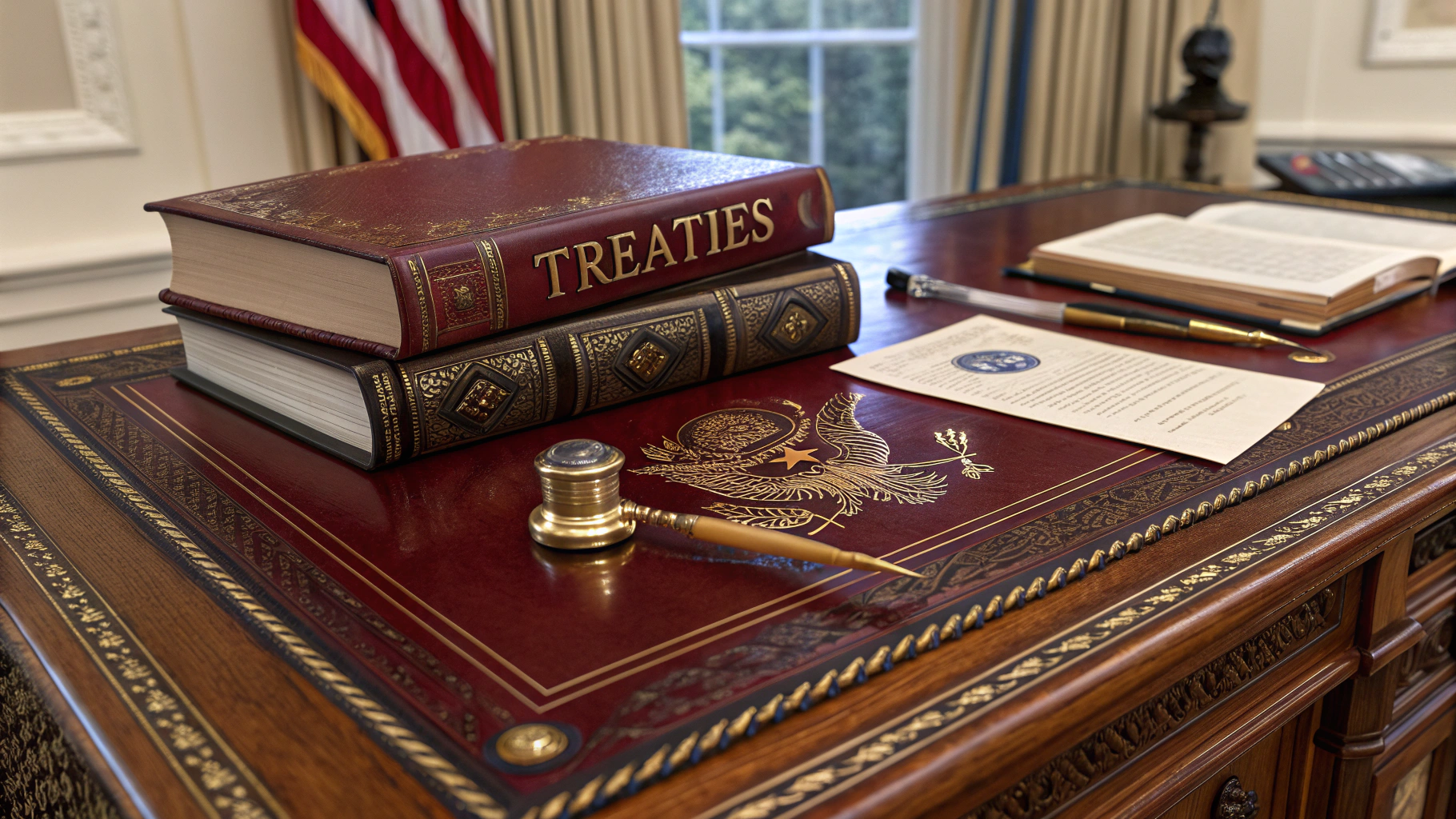
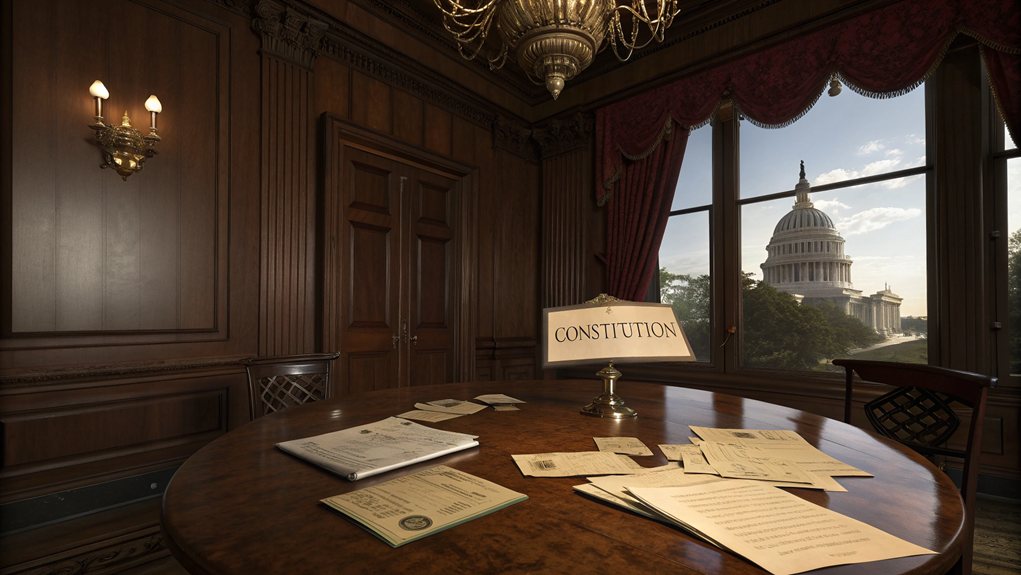
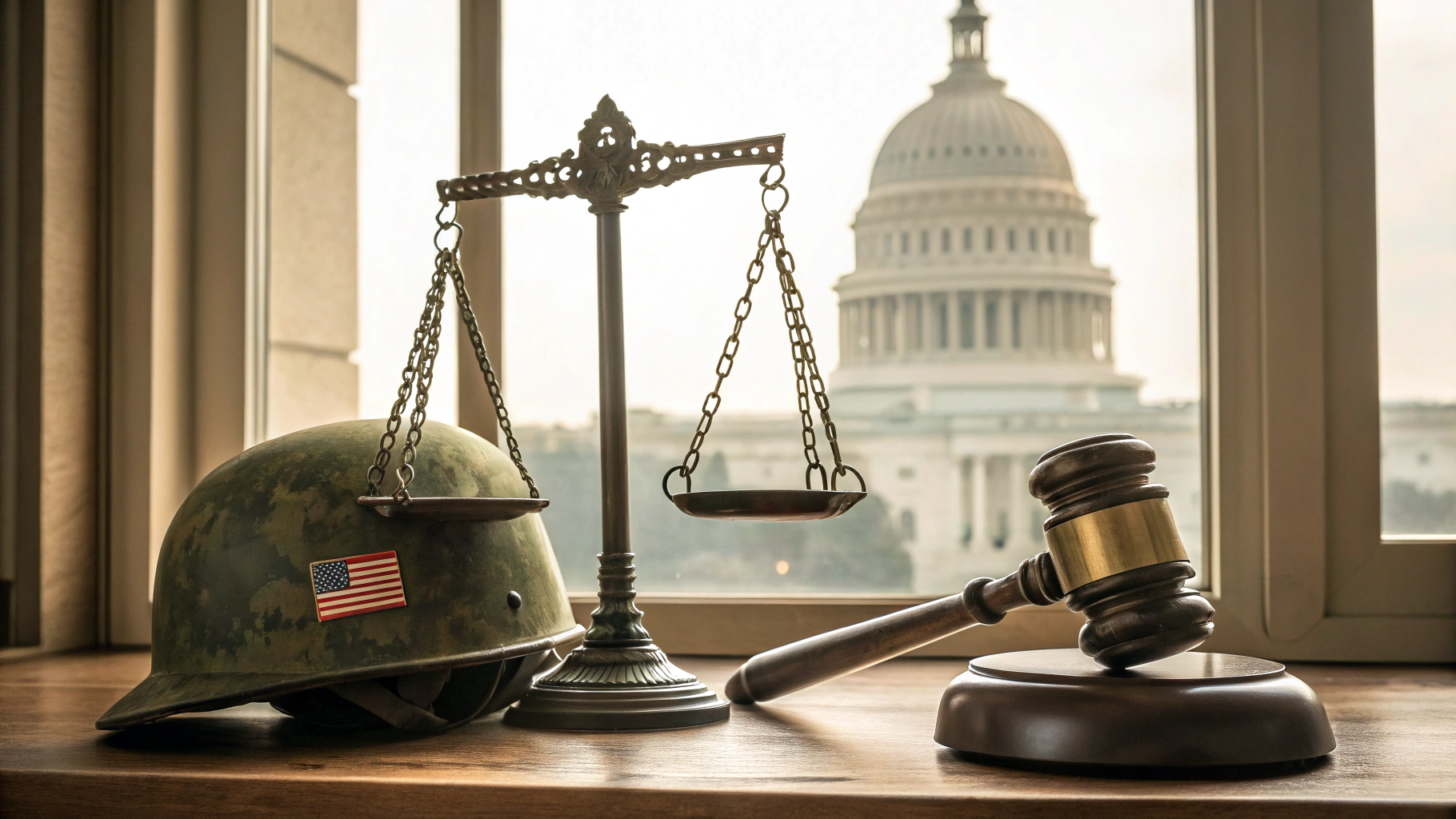
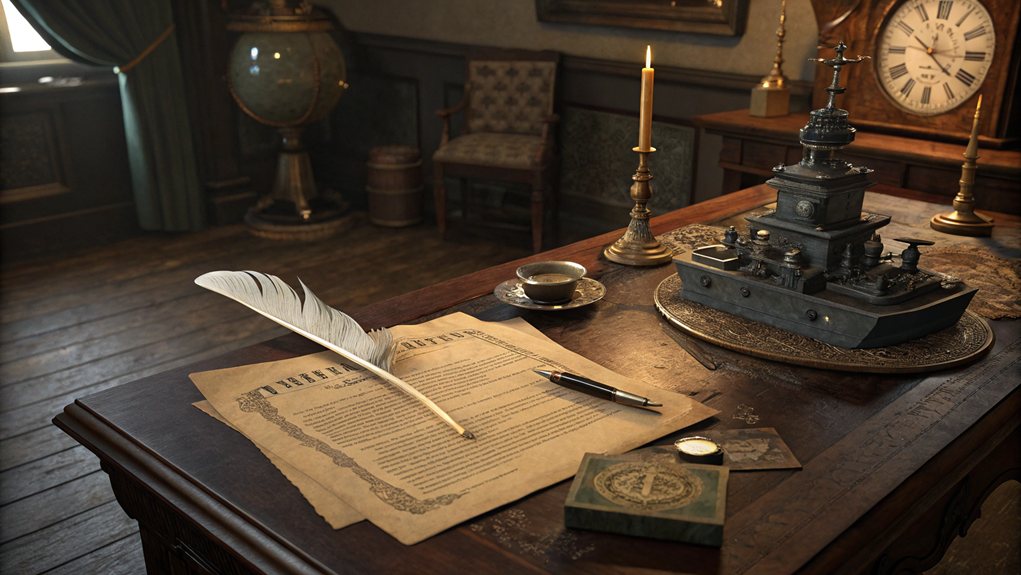



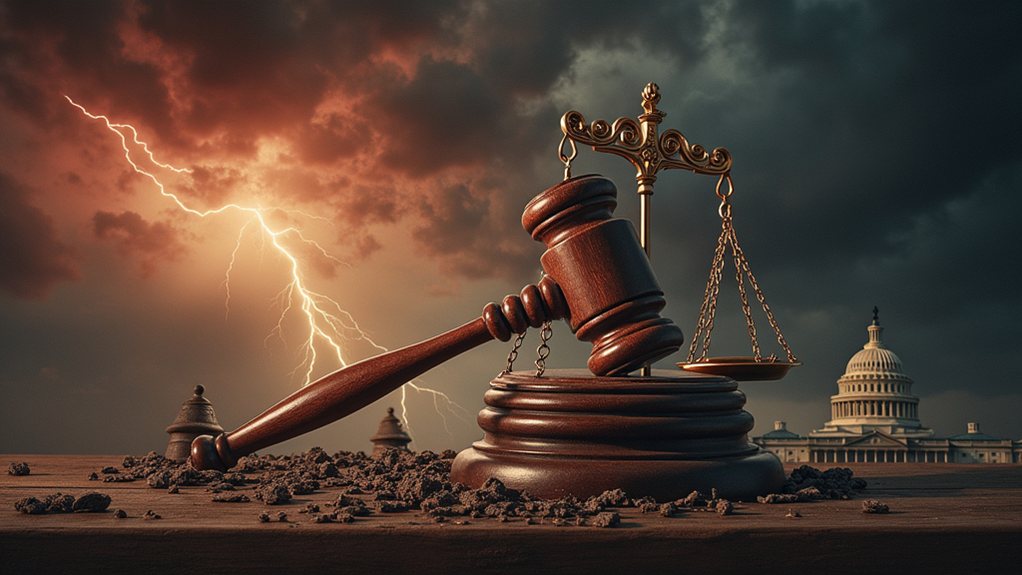

1 comment
Comments are closed.